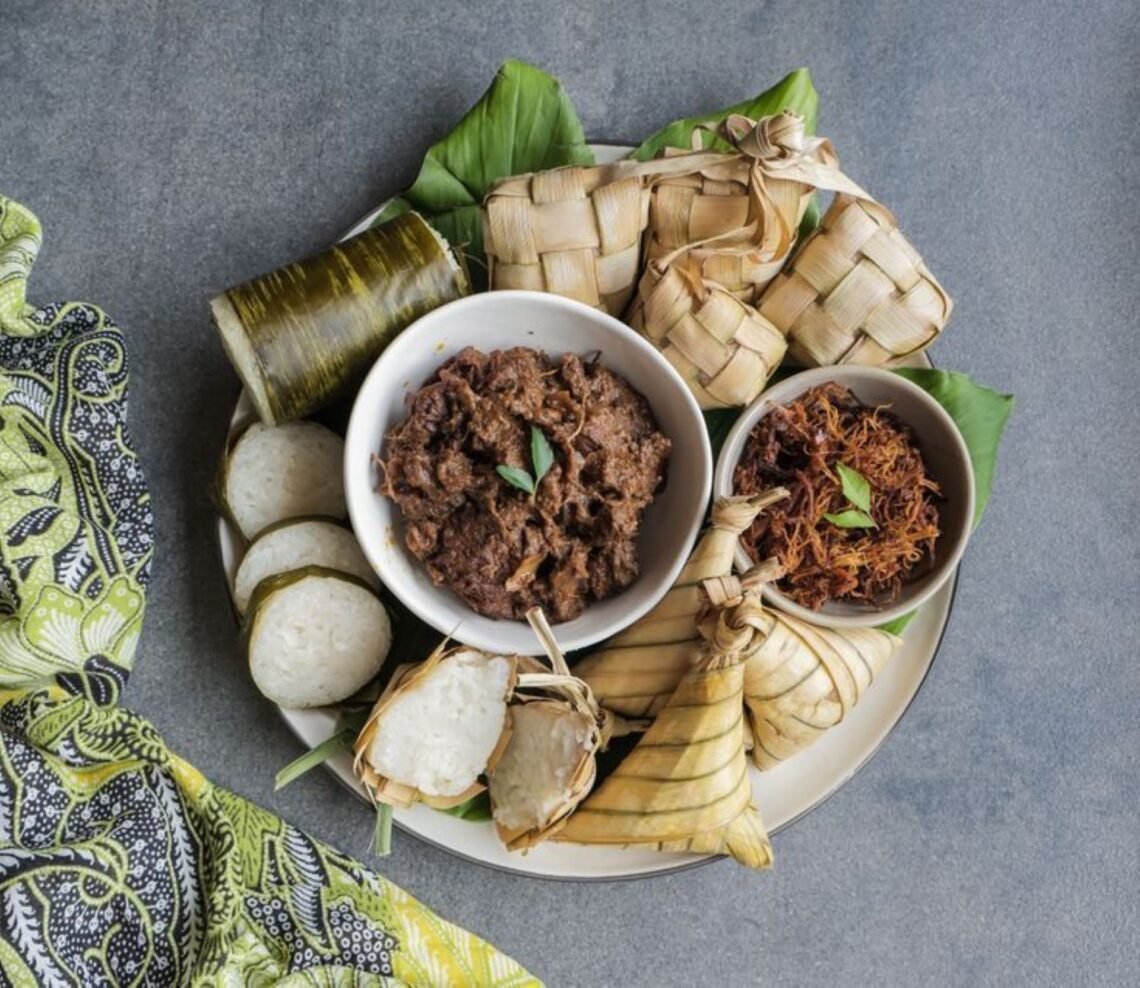Hari Raya isn’t complete without ketupat, but did you know that different regions in Malaysia have their own unique takes on this festive staple?
Just like how rendang varies between states or how laksa has countless versions across the country, ketupat also comes in different shapes, textures, and flavours. From sweet to savoury, here are six types of ketupat you need to try this Raya.
1. Ketupat Nasi
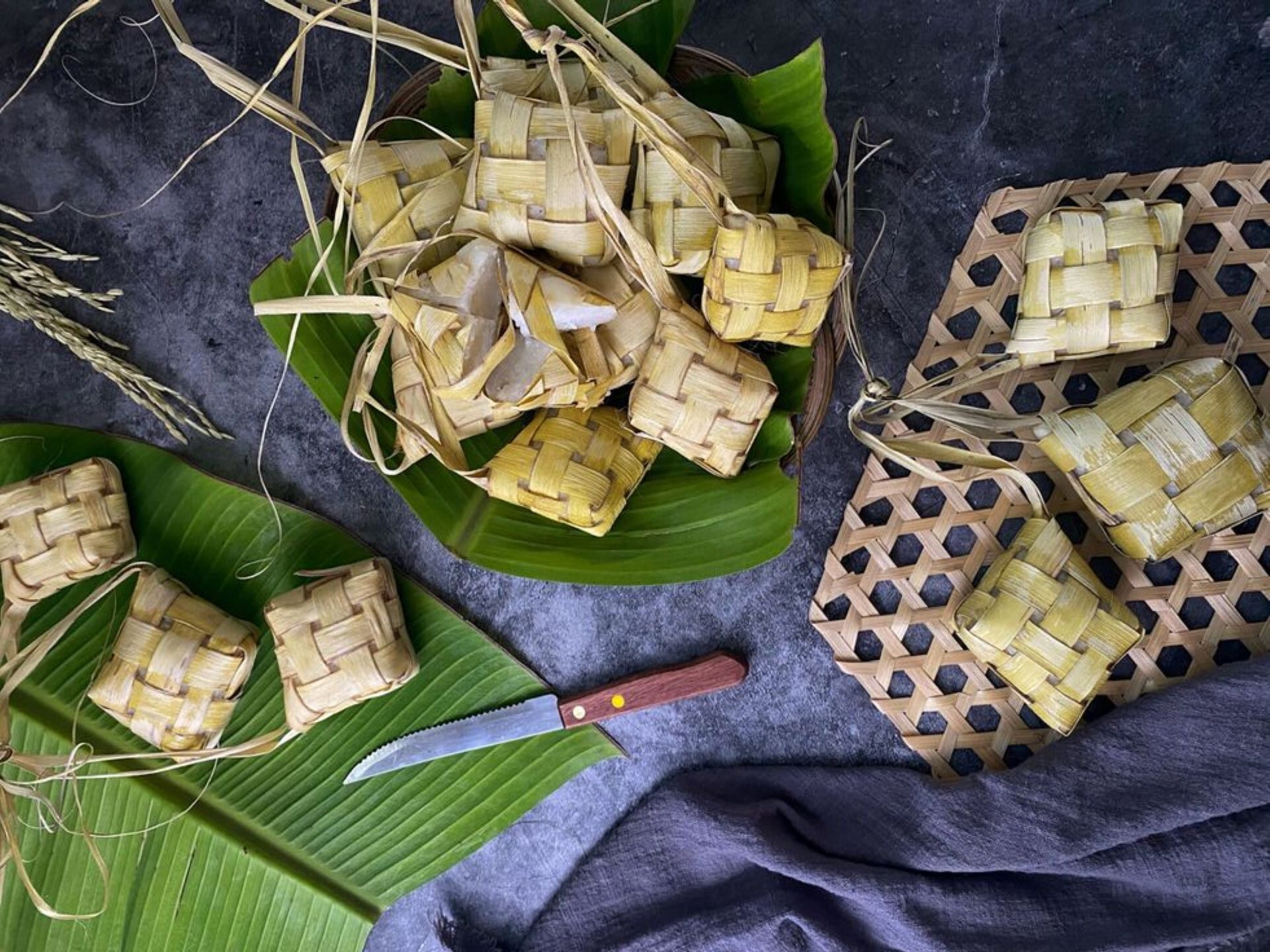
No Hari Raya spread is complete without Ketupat Nasi, the most iconic version of ketupat. Made from compressed rice tightly packed into a woven coconut leaf casing, this dish is also known as nasi impit. The firm, compact texture of Ketupat Nasi allows it to soak up the rich flavours of festive dishes, making it a must-have at every open house.
It is commonly served with satay and kuah kacang (peanut sauce) or enjoyed alongside rendang, lodeh, and soto. Originating from Indonesia, it was introduced to the Malay Peninsula by a renowned theologian from Central Java, Sunan Kalijaga. Symbolically, the weaving process represents self-reflection, while the white rice inside signifies purity and freedom from sin.
2. Ketupat Palas
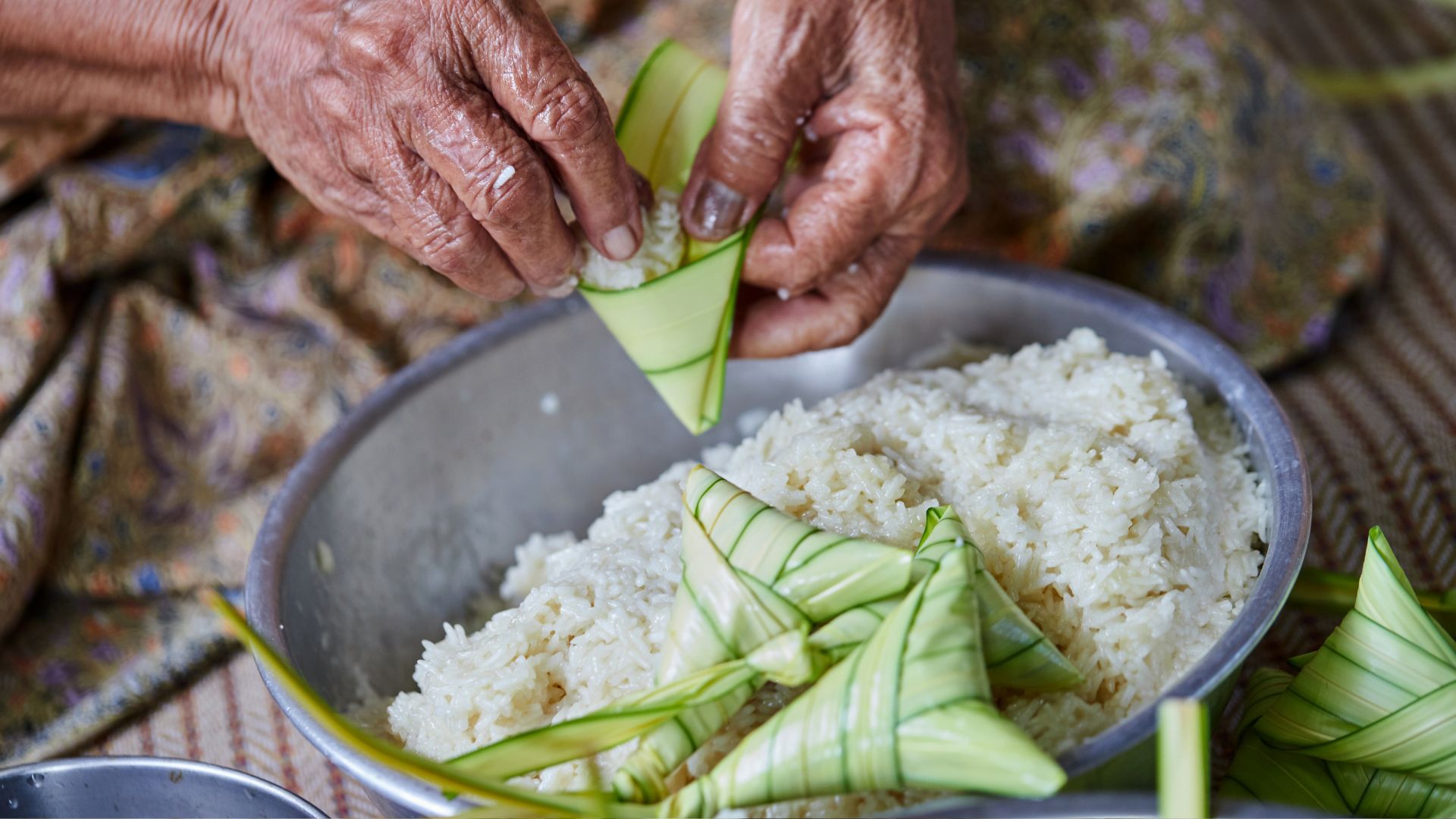
A staple in the East Coast states of Peninsular Malaysia like Terengganu, Kelantan, and Pahang, Ketupat Palas is made using glutinous rice wrapped in palas leaves. Unlike Ketupat Nasi, this version is rich, sticky, and often infused with coconut milk for extra flavour. In northern states like Kedah, it comes in two distinct styles: jantan (with an extra flap at the end, tied neatly) and betina (smaller, without an extra flap, and wrapped more loosely).
Some variations even include a sweet twist with fillings like red bean or black glutinous rice. If you haven’t tried this, you’re missing out on one of the creamiest ketupat versions around!
3. Ketupat Daun Pisang
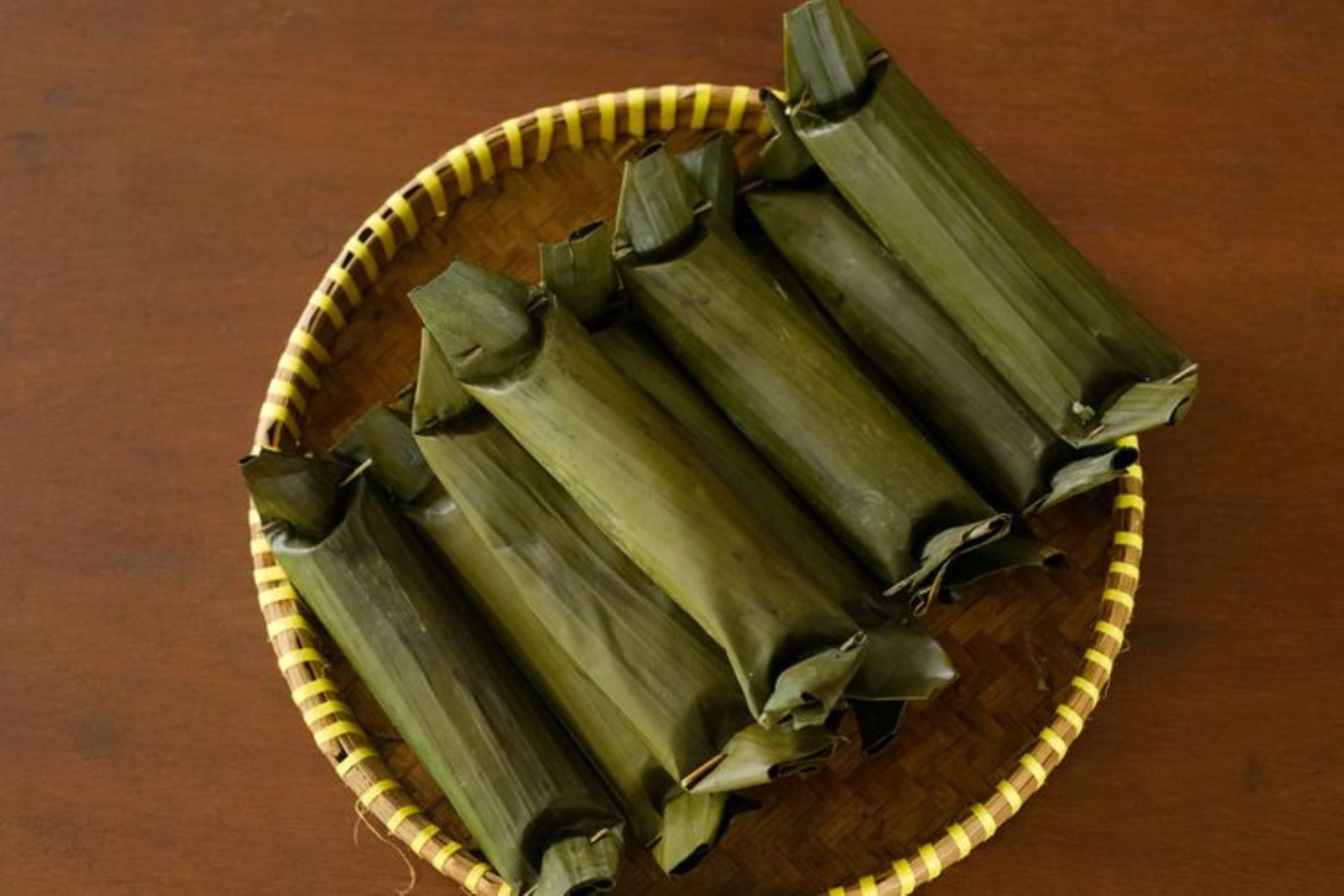
Instead of coconut leaves, this variation is wrapped in banana leaves, giving it a softer, stickier texture with a subtle aroma. Also known as lontong, it is popular in Johor and parts of Indonesia.
It is commonly paired with lontong sayur (vegetable stew), satay, or even kuah kacang. The banana leaf wrapping gives it an earthy fragrance that sets it apart from other types of ketupat.
4. Burasak (Ketupat Borneo)
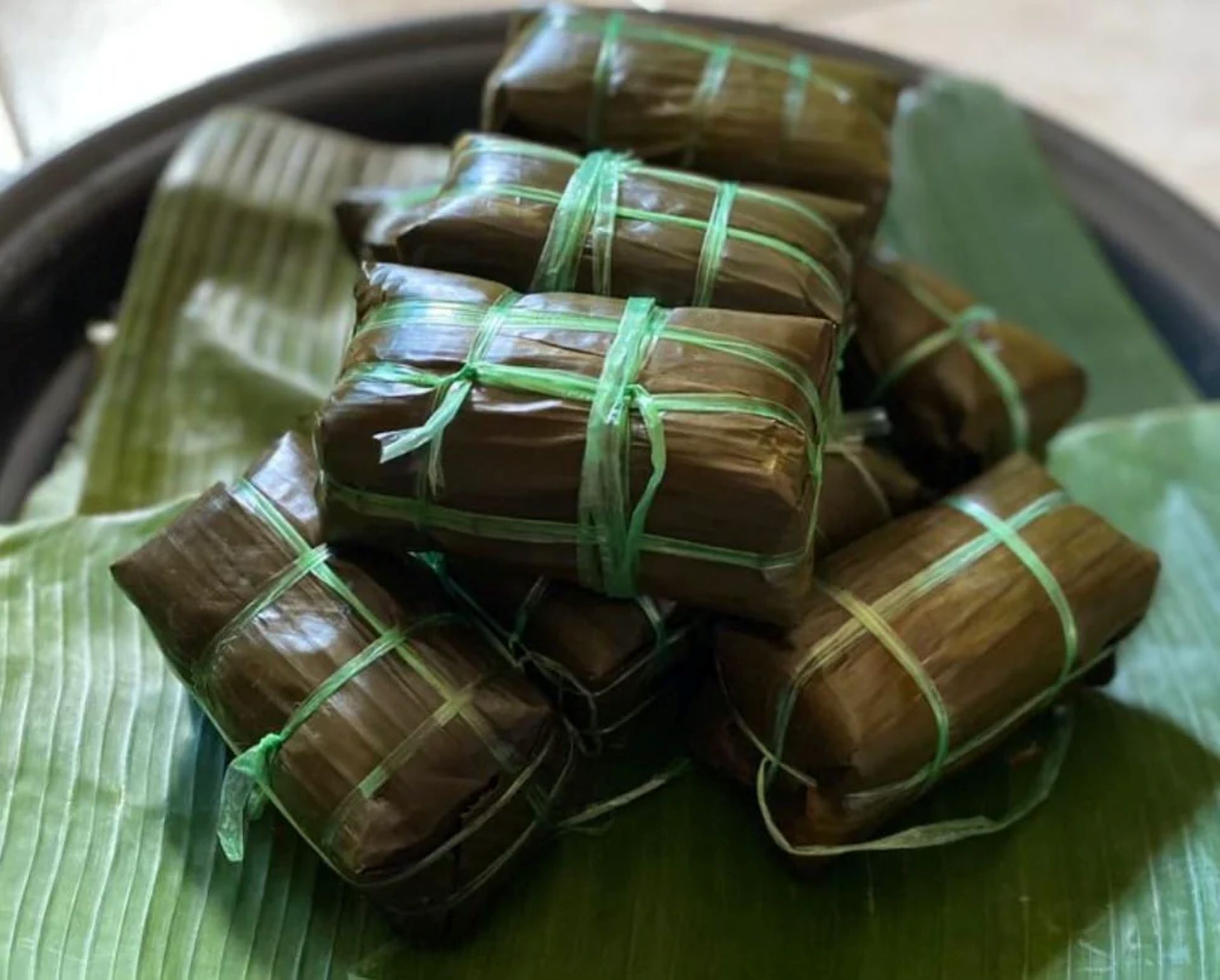
Popular among the Bugis community in Sabah and Johor, burasak is a festive must-have that is often mistaken for lepat pisang due to its similar shape. Made by steaming rice with coconut milk and wrapping it in nipah banana leaves, this ketupat has a slightly creamy taste.
It is typically served with ayam masak merah, ayam masak likku, and asam pedas ikan parang. If you ever get a chance to try Burasak, don’t pass it up – it’s a unique taste of Borneo!
5. Ketupat Bawang
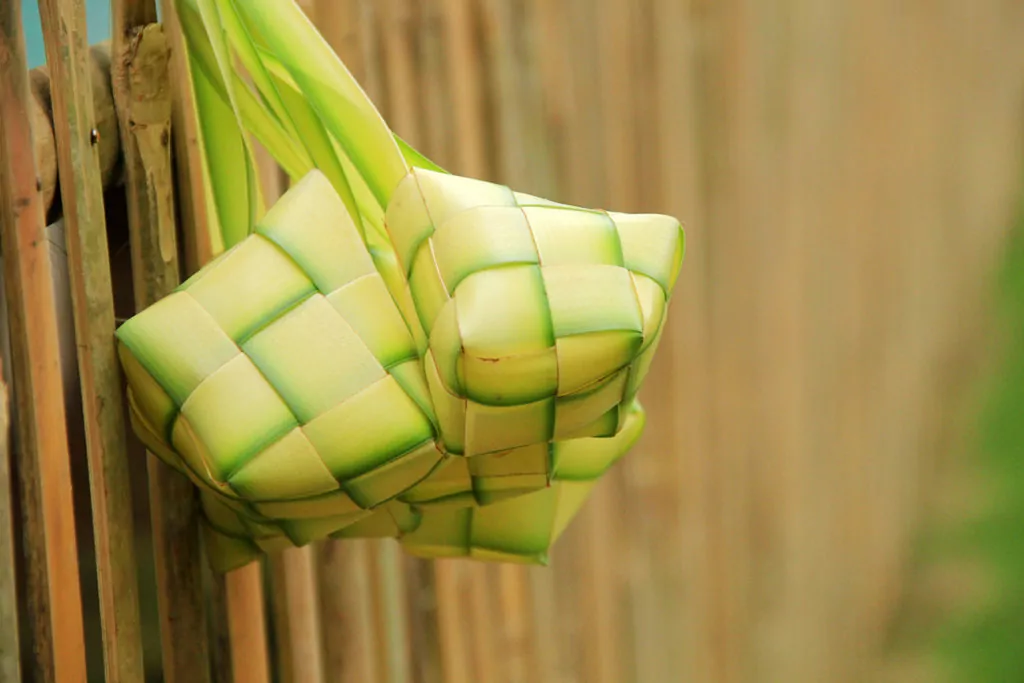
As the name suggests, Ketupat Bawang is rounder and resembles an onion due to its distinctive weaving style. Unlike the diamond-shaped Ketupat Nasi, this version has a looser texture, making it easier to cut into cubes.
Though more commonly found in Indonesia, it is also enjoyed in parts of Malaysia and is often paired with rendang, kuah kacang, or other festive dishes. If you’re looking for something different yet familiar, this one’s worth a try!
6. Ketupat Sotong
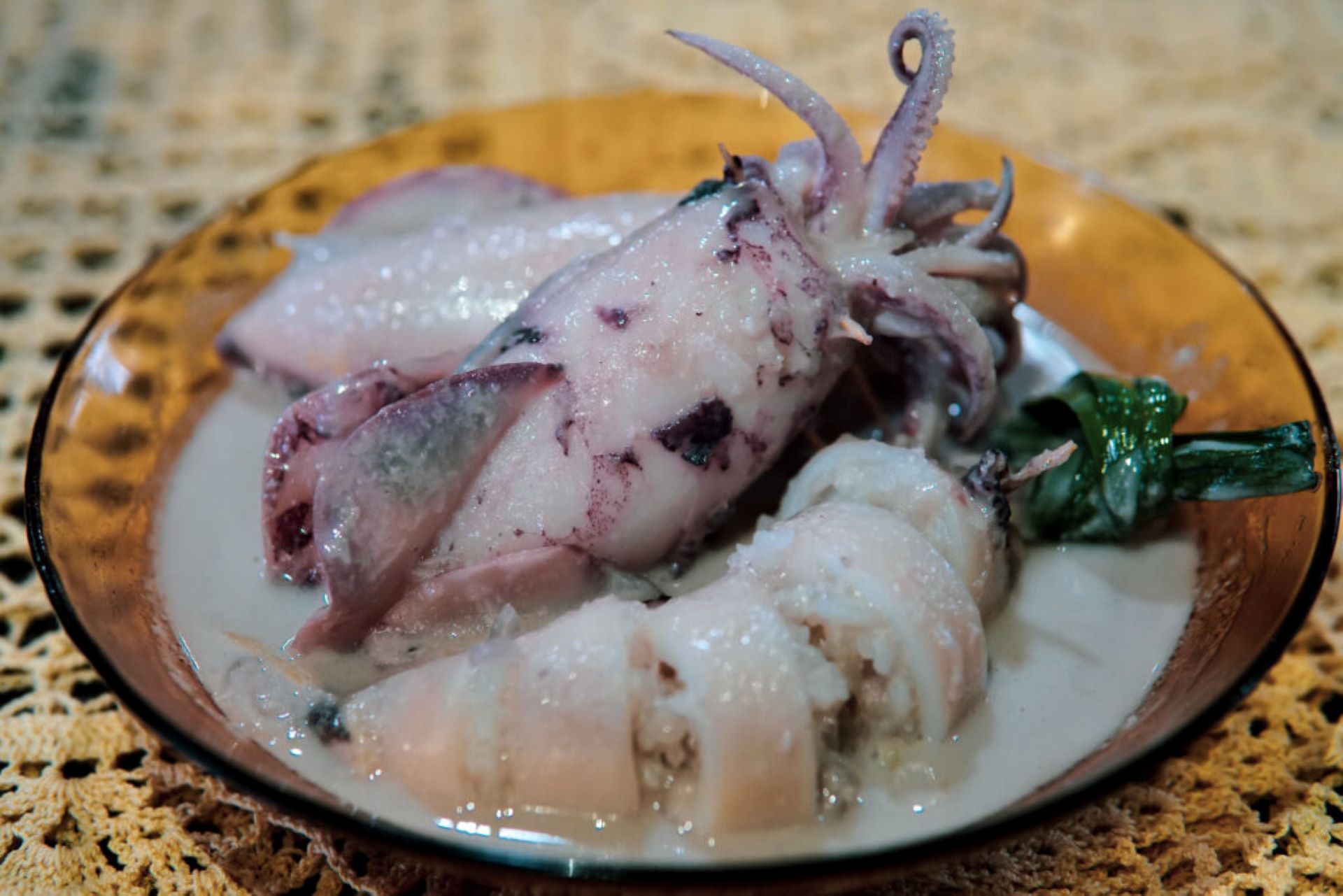
If you love seafood, Ketupat Sotong (Sotong Sumbat) is a must-try! This East Coast specialty, particularly popular in Terengganu and Kelantan, takes ketupat to another level by stuffing squid with glutinous rice cooked in thick coconut milk.
The dish is then simmered in a rich, sweet coconut gravy – made with gula Melaka in Kelantan and gula batu or regular sugar in Terengganu. The result? A tender, flavourful dish that perfectly balances sweet and savoury notes. Though not traditionally served for Hari Raya, it remains a beloved delicacy in fishing villages where fresh squid is abundant.


